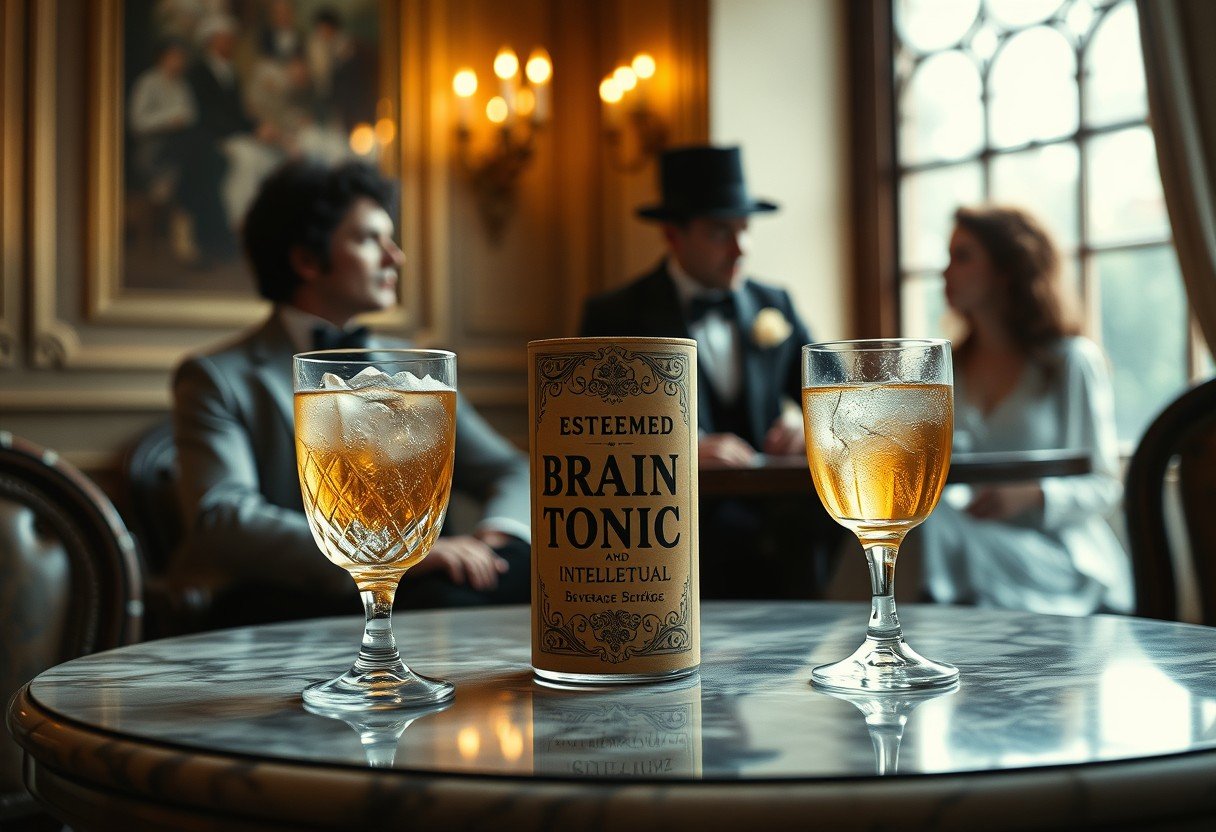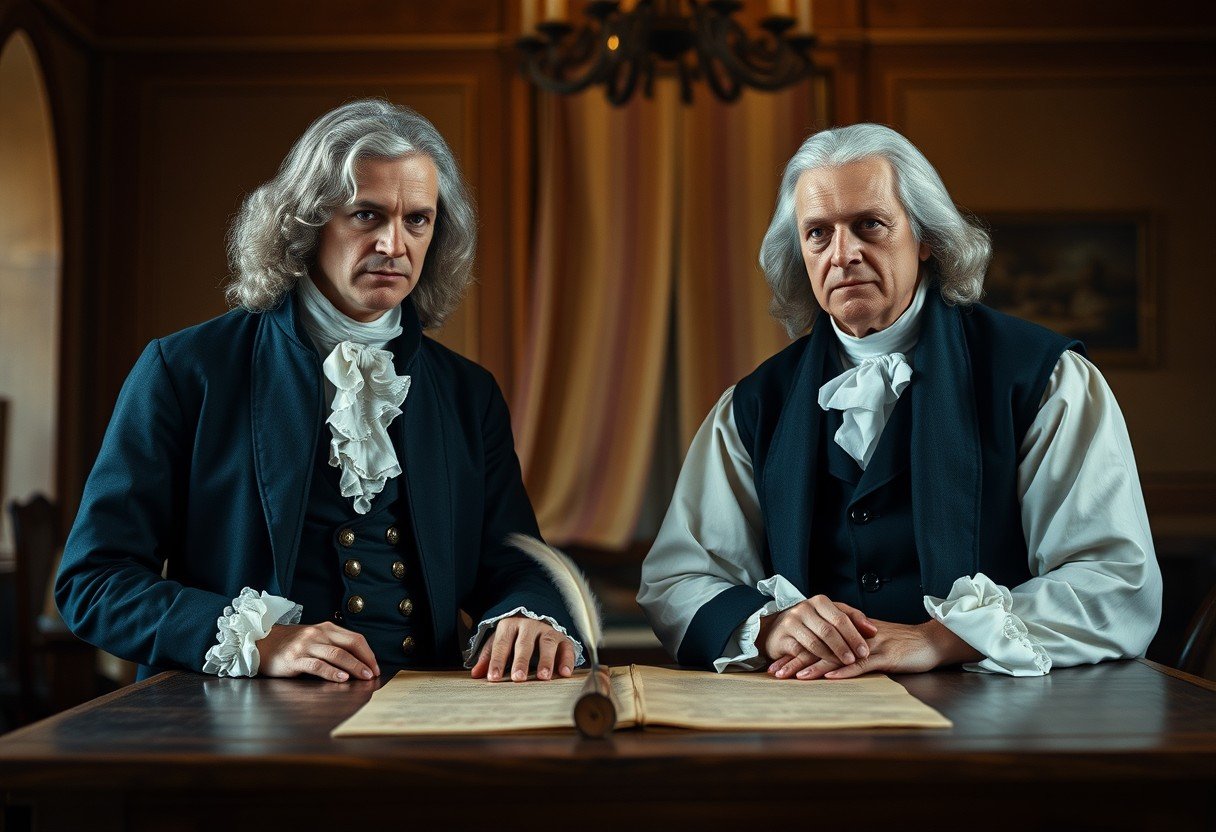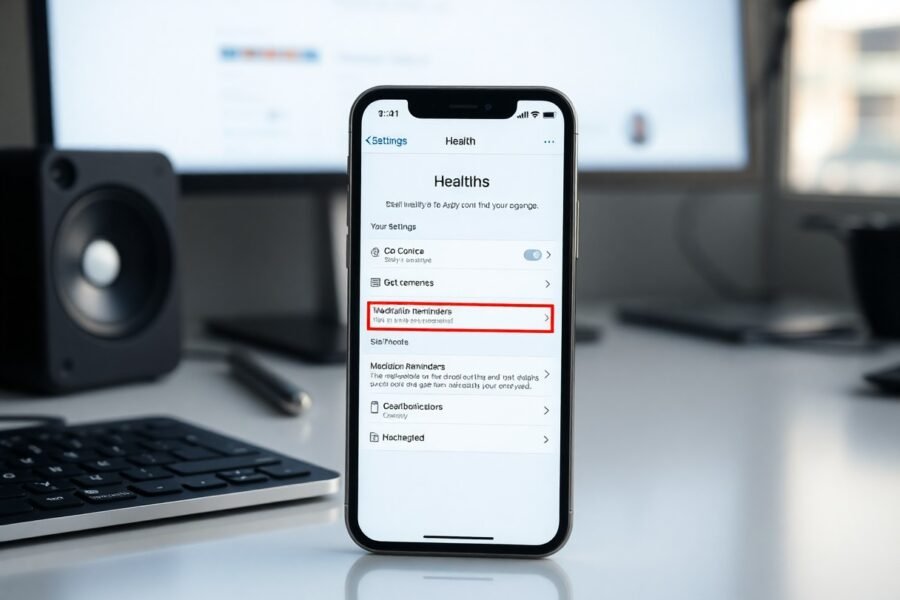Many people are surprised to learn that one of the world’s most popular soft drinks began its life as a medicinal product. In the late 19th century, Coca-Cola was introduced not as a simple refreshment, but as an “Esteemed Brain Tonic and Intellectual Beverage.” This fascinating history reveals how marketing, societal beliefs, and consumer tastes have dramatically changed over the last century, transforming a pharmacy concoction into a global icon.
From a Pharmacy to a Global Sensation
The story of Coca-Cola begins in Atlanta, Georgia, in 1886. It was created by Dr. John Stith Pemberton, a pharmacist who was seeking to invent a cure for his own ailments, including headaches and anxiety. During this era, patent medicines and tonics were extremely popular, with many promising to cure a wide range of health issues.
Pemberton’s concoction was first sold at Jacob’s Pharmacy for five cents a glass. It was advertised as a drink that could cure various nervous afflictions, such as headaches, neuralgia, and hysteria. This positioning as a health product was a common and effective strategy at the time.
The initial success was modest, but the foundation was laid for what would become a massive global brand. The transition from a local medicinal tonic to an international symbol of refreshment is one of the most remarkable stories in business history.
What Was in the Original Brain Tonic?
The original formula for Coca-Cola was a carefully guarded secret, but its two most famous ingredients are right in the name: coca leaves and kola nuts. These components were chosen specifically for their perceived medicinal properties, which aligned with the “brain tonic” marketing claims.
The coca leaf extract contained trace amounts of cocaine, which was legal at the time and widely used in medicines for its stimulating effects. The kola nut provided a significant dose of caffeine. This combination of stimulants was responsible for the energizing and invigorating effects that early consumers experienced.
It is crucial to note that the cocaine was removed from the formula around 1903 amid growing public concern about the drug. However, the blend of stimulating ingredients was key to its initial appeal as a beverage that could enhance mental clarity and fight fatigue.
Marketing a Beverage for the Mind
Early marketing for Coca-Cola was brilliant and tapped directly into the anxieties of the late 19th century. Society placed a high value on intellect and productivity, and advertisements for the drink promised to deliver a mental edge. Slogans and print ads positioned it as a necessary tool for scholars, business people, and anyone needing a cognitive boost.
The marketing emphasized its supposed benefits with bold claims. Testimonials from satisfied customers were often used to build trust and credibility among potential buyers.
Advertisements often highlighted that Coca-Cola could:
- Relieve mental and physical exhaustion
- Cure headaches and calm nerves
- Provide a valuable brain tonic and intellectual beverage
This strategy successfully created a demand for the product, making it a staple in apothecaries and soda fountains across the country. The target audience was clear: those who valued mental sharpness and sought relief from the pressures of a rapidly modernizing world.
The Shift from Medicine to Refreshment
As the 20th century began, public perception of patent medicines started to change. Increased regulation, such as the Pure Food and Drug Act of 1906, put pressure on companies to be more transparent about their ingredients and avoid making unsubstantiated health claims. This changing landscape prompted Coca-Cola to pivot its marketing strategy.
The company began to downplay the medicinal benefits and instead focused on the drink’s refreshing and delicious qualities. This was a pivotal moment that transformed Coca-Cola from a niche health product into a beverage for the masses. The focus shifted from what the drink could do for your brain to how it made you feel: happy, refreshed, and sociable.
| Early Marketing Focus | Modern Marketing Focus |
|---|---|
| Health and Medicinal Benefits | Happiness and Enjoyment |
| “Esteemed Brain Tonic” | “Taste the Feeling” |
| Targeted Professionals and Intellectuals | Broad Appeal to All Demographics |
This new approach proved incredibly successful. By associating Coca-Cola with positive life moments and social gatherings, the brand built an emotional connection with consumers that has lasted for generations.
Cultural Impact of an Intellectual Drink
Even after the marketing changed, the legacy of Coca-Cola’s origins as a brain tonic lingered. Its early success helped cement the idea that certain beverages could do more than just quench thirst—they could also enhance performance. This laid the groundwork for the modern energy drink and nootropics industries.
The brand became deeply intertwined with American culture and later, global culture. It appeared in art, literature, and films, often symbolizing modernity, capitalism, and social connection. The iconic red and white logo is now one of the most recognized symbols on the planet.
This journey from a specific health claim to a universal symbol of refreshment illustrates the power of adaptive and clever marketing. It shaped not only a company but also influenced consumer culture on a global scale.
Coca-Cola’s Legacy in Modern Marketing
The story of Coca-Cola’s marketing evolution offers timeless lessons. The brand’s ability to adapt to changing societal values and regulations is a key reason for its enduring success. It moved from functional benefits to emotional branding, a strategy that many modern companies now emulate.
Today, the market is once again filled with functional beverages that promise enhanced focus, energy, and wellness. In a way, the beverage industry has come full circle. Consumers are again seeking drinks that offer more than just hydration, echoing the same desires that drove people to try Coca-Cola over a century ago.
By understanding Coca-Cola’s journey, we can appreciate how marketing is not just about selling a product, but about telling a story that resonates with the values and aspirations of the time.
Frequently Asked Questions about Coca-Cola’s History
Which product was originally marketed as an “Esteemed Brain Tonic and Intellectual Beverage”?
Coca-Cola is the product that was originally sold with this slogan. When it was created in the late 19th century, its marketing focused heavily on its supposed ability to boost mental clarity and relieve fatigue.
Did the original Coca-Cola really have cocaine in it?
Yes, the initial formula for Coca-Cola contained a small amount of cocaine derived from the coca leaf. This ingredient was removed from the beverage around 1903 due to public health concerns.
Why did Coca-Cola stop calling itself a brain tonic?
The company shifted its marketing strategy in the early 20th century due to changing regulations, like the Pure Food and Drug Act, and a shift in public opinion against unproven health claims. They moved toward branding it as a refreshing and enjoyable soft drink instead.
Who invented Coca-Cola?
Coca-Cola was invented in 1886 by Dr. John Stith Pemberton, an Atlanta-based pharmacist. He initially created it as a patent medicine to treat various common ailments.
What were the main ingredients in the original Coca-Cola?
The two key ingredients that gave the drink its name were coca leaf extract and kola nuts. The coca leaves provided the stimulating effects, while the kola nuts were a source of caffeine.







Leave a Comment